My Grandmother Reminds Me to Give CMT a Fight
Written by |
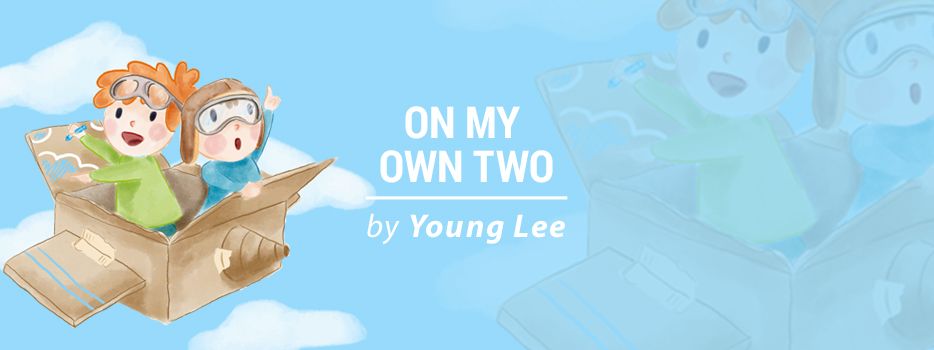
My paternal grandmother turned 97 this week. As much as I would have liked to be with her to celebrate her birthday, I’m trying to limit my in-person contact with the elderly during this chaotic time. But I’m glad my other family members and I were at least able to have a reunion of sorts and pay respects to her over Zoom. It was a poor substitute for what we all wished we could do, but we take what we can get these days.
Watching my grandmother framed in the Zoom app by other beloved family members that afternoon reminded me of my family history and of how much my family owes to my grandmother’s hard work and sacrifice.
While she doesn’t have Charcot-Marie-Tooth disease (CMT) like me, I’ve learned much about how to approach CMT’s many challenges by observing her — particularly her grit and the way she values and cares for the people she loves.
My father likes to refer to his mother and others of her generation as the remaining members of our family’s “iron roots” in America. This title does not refer to the element, but to the fact that our family’s beginnings in the United States largely centered around a laundry business and the old-fashioned irons my forefathers used to earn their livelihood.
My grandmother joined this family legacy when my grandfather married her and brought her from China to the U.S. It wasn’t a particularly glamorous or easy life. Nevertheless, it’s a life my grandmother tackled with tenacity and perseverance forged through tough times.
It’s that grit, that determination, that allowed her to remain surprisingly active into her early 90s. She loved always being active and busy. Even as recently as a year ago, she walked a mile every morning just to keep her body moving.
Oftentimes, memories of walking with my grandmother come to mind when I stroll around my neighborhood these days. Attempting to stay active is important for any CMTer. I think about stories of her and her generation’s determination to make it in the United States whenever CMT tries to knock me down and I struggle to bounce back.
Still, it’s not necessarily this aspect of my grandmother I most appreciate.
The memories of my grandmother I dwell on most are the memories of her expressions of love for those she cares about. Though I don’t know if it always came easily to her or if she was as expressive to others as she’s been to me, I frequently think about how, for much of my life, it wasn’t uncommon for her to say, “I love you” — at least to my siblings and me.
She’s never only demonstrated her love in abstract ways, such as through acts of service, chopped fruit, or cooking up the most tedious of Chinese culinary creations for us.
Until recently, I never fully appreciated how freely my paternal grandmother or my own parents would offer those words to me. Few of my Asian American friends can say something similar about their parents or elderly family members.
This open affection is surprisingly difficult in Asian cultures. I, myself, don’t find it easy.
But just as I find it important to remember my grandmother’s tenacity when facing the difficult aspects of living with a chronic condition, I’m growing to appreciate the importance of loving on your support group. Whether it’s managing a disability like CMT or tackling life in general, no one can do it alone.
These days, my paternal grandmother’s memory isn’t what it used to be. She can’t take her everyday walks around the neighborhood, either. Her body won’t allow it. My parents now spend much of their day taking care of her needs. The days of looking forward to the way she cooked our Thanksgiving turkey or Chinese dim sum classics are long over. But even now, she’s quite feisty.
Whatever decent qualities I have are, in part, because of her. Though there are many challenges ahead of my family, and CMT certainly throws a few hurdles my particular way, I owe it to my grandmother to give CMT a hell of a fight whenever it tries to get me down.
***
Note: Charcot-Marie-Tooth News is strictly a news and information website about the disease. It does not provide medical advice, diagnosis, or treatment. This content is not intended to be a substitute for professional medical advice, diagnosis, or treatment. Always seek the advice of your physician or other qualified health provider with any questions you may have regarding a medical condition. Never disregard professional medical advice or delay in seeking it because of something you have read on this website. The opinions expressed in this column are not those of Charcot-Marie-Tooth News or its parent company, Bionews, and are intended to spark discussion about issues pertaining to Charcot-Marie-Tooth.



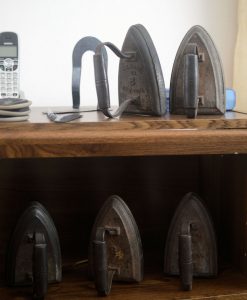
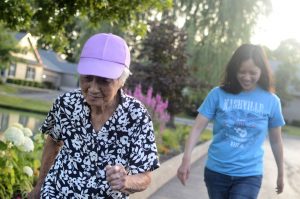
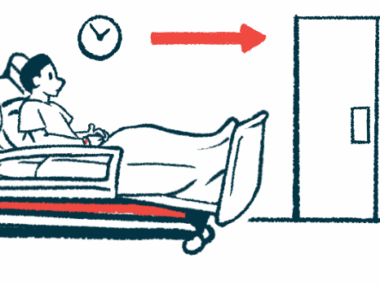
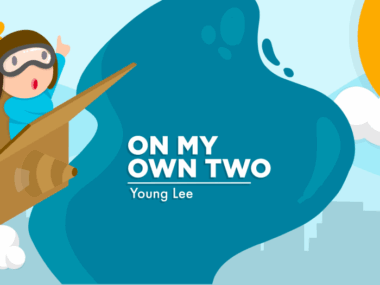
Leave a comment
Fill in the required fields to post. Your email address will not be published.